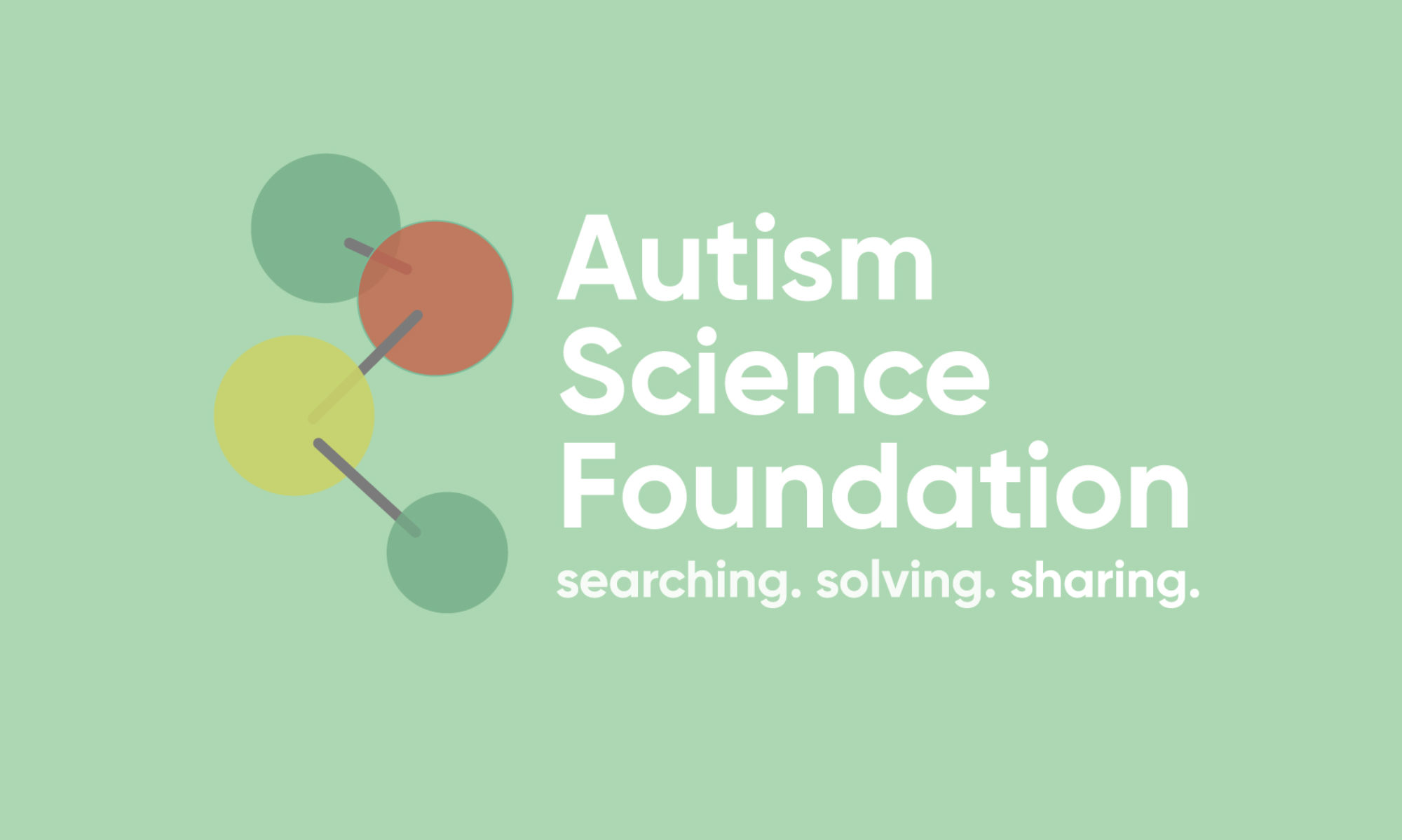Podcast: Play in new window | Download
Subscribe: RSS
This week, autism lost a pioneer and advocate for autism research: Isabelle Rapin, MD, a neurologist from New York’s Albert Einstein University. The first part of the podcast is a brief summary of her accomplishments. The second part is an study called “how to keep your child out of the hospital”, presenting a recent study which looked at risk factors for being an inpatient, rather than an outpatient. These risk factors may not be able to be prevented, but hopefully through identification of what they are, situations might be managed to help those with autism and their families during a crisis situation.
